02 May Is the U.S. Stock Market Headed Higher — or for a Crash
A groundswell of concern is building on Wall Street that the U.S. stock market is in dangerously high territory. This week, the Nasdaq Composite hit a new high as the Dow Jones Industrial Average and S&P 500 remained in record territory — and they are up 28%, 18% and 16% respectively from a year ago. Meanwhile, the S&P 500 is trading at 25 times trailing 12-month earnings compared with a historical average of 16. The value of the stock market is nearly 150% higher than the nation’s GDP, a level last seen around the dot-com bust in 2000, according to the World Bank. And a BofA Merrill Lynch survey showed that 81% of fund managers think U.S. stocks are overvalued.
The Fed has weighed in as well. In the minutes of its March meeting released earlier this month, it observed that equity prices are “quite high relative to standard valuation measures.” The widely followed Cyclically Adjusted Price-to-earnings Ratio (CAPE) stands at a historically high 29, according to creator Nobel laureate Robert Shiller. Last week, he told CNBC that the U.S. stock market “hasn’t been this overvalued except a couple of times around 1929 (the Great Depression) and around 2000. We’re above the 2007 valuation” right before the financial crisis, although he also said the market could still have room to run.
The euphoria flies in the face of several lackluster economic reports. In the first quarter, the U.S. economy grew the slowest in three years, with U.S. GDP up 0.7% after inflation, according to the initial estimate by the Department of Commerce. Manufacturing fell to a four-month low in April while consumer spending — which drives two-thirds of the economy — remained flat in March. On the positive side, S&P 500 companies are reporting double-digit earnings growth for the first time in six years, according to FactSet. What also seems to be driving the market are hopes that the Trump administration will be able to cut federal corporate income tax rates to 15% from 35% and reduce the number of regulations restricting businesses.
“The most important thing that I think is spurring the markets is the forward guidance [in corporate earnings.] For the first time in years, the forward guidance is even maintained or being raised,” Wharton finance professor Jeremy Siegel said on the Wharton Business Radio’s Behind the Markets show on April 28, which airs on SiriusXM channel 111. In past years, he said, companies typically project overly rosy earnings at the beginning of the year that often see big corrections later.
But “for the last few weeks, I’ve noticed a maintenance of the full year 2017 earnings” that, if realized, correlate to an S&P 500 valuation of 18 times earnings, Siegel said. He believes that level is “quite reasonable” compared to the “scary 21, or 22” or higher multiples. Siegel had correctly predicted the Dow’s rise to 20,000. Further, he believes this “Goldilocks” environment of “low interest rates and great earnings guidance, and the rest of the world beginning to take o! … is a perfect environment for stocks.” And his projection does not even take into account any coming cuts in the corporate tax rate. “That will be a bonus,” Siegel said.
But one must also look at the market’s valuation within the context of other investment opportunities, according to Jeremy Schwartz, director of research at WisdomTree Asset Management and host of Wharton’s Behind the Markets show, in an interview with Knowledge@Wharton. “The [stock] prices by themselves are high but earnings are reasonable — you’ve got good earnings growth. And then, you’ve got to always judge the opportunities of stocks vs. bonds. That absolutely matters.” People traditionally park their funds in three places: stocks, bonds and cash. And the best return is still in stocks despite the recent run-up in prices, Schwartz notes. “We’re starting to get a positive trade in our cash accounts, but it’s still historically very low,” he adds. For example, bank accounts continue to pay low interest rates.
Meanwhile, the 10-year Treasury note is yielding 2.3% — or about 0.4% after accounting for inflation — compared to 3.5% after-inflation returns historically for long-term bonds. So “bonds are much more expensive compared to their history than stocks are,” Schwartz says. “Stocks are not that expensive, even if you took a 20 P/E ratio on the S&P 500 that gives you a 5% earnings yield compared to 40 basis points (0.4%) in real bond yield. It’s still an attractive return for stocks over bonds.” He notes that a lower corporate tax rate will help stocks even more.
Goldstein concurs. “People are looking for places to invest. It’s hard to put your money in a CD and a savings account because the return is very low. People are looking into other ways to invest their money. Stocks, bonds, real estate — all those prices have been going up as a result.”
Original Source: http://knowledge.wharton.upenn.edu/article/u-s-stock-market-headed-higher-crash/



No Comments